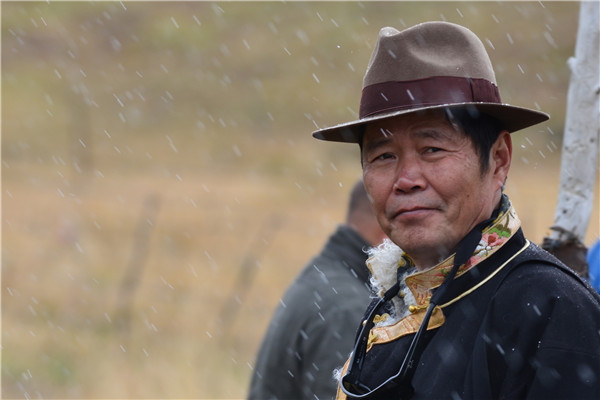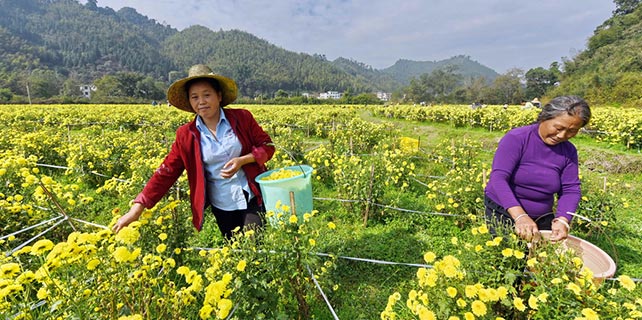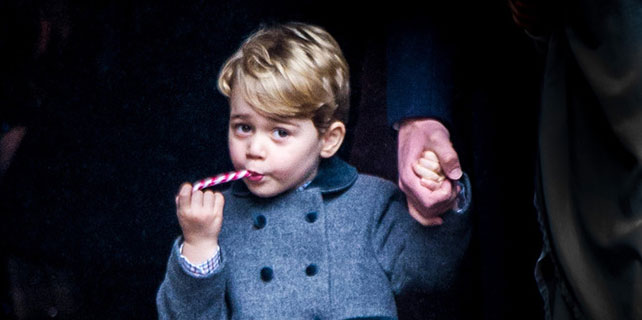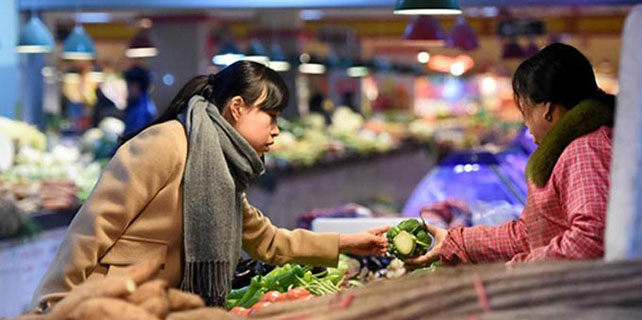Totem of the plateau
 |
|
Wu Yuchu, founder of the Yak Museum of Tibet. [Photo provided to China Daily] |
Following the migrations of yaks, they have traveled more than 30,000 kilometers on the plateau to do field research. His perseverance also brought good fortune.
For days, they looked for the golden wild yak, one of the rarest yak species living in Ngari, in the north of Tibet.
"A local township head laughed when he heard we were looking for golden yaks, and he told us he had only seen them twice after working there for six years," Wu recalls.
"However, the next morning, we saw 21."
The Beijing municipal government also helped to finish construction of the Lhasa museum, which was listed as a key supportive project of the capital city on cultural relic work in Tibet.
On May 18, 2014-the 38th International Museum Day-the Yak Museum of Tibet finally opened.
The museum has collected more than 2,000 artifacts relevant to yaks, including specimens, daily-use articles made from yak fur or bone, and art pieces showing people's enthusiasm for the animal. About half of the artifacts were donated, and the rest were bought.
A yak skeleton that dates back 45,000 years is among the highlights of the collection.
"The yaks are so good, so we're building a palace for them," Wu repeatedly explains to local herdsmen, who sometimes don't even know what a museum is.
"The ideas of a museum have to be recognized by local people, or it is only an empty building."
About 150,000 visitors have come-not only the nostalgic older generation but also young people stirred by an emotional connection to the past.
"Before coming here, I didn't realize that the yaks are so benevolent to us," says Tashi Phuntsok, a Tibetan employee in his 20s at the museum.
"I grew up in the city, and I didn't know much about life on the prairie. However, after participating in the exhibition, I feel there would be no Tibetan people without the support of yaks," he says.
















